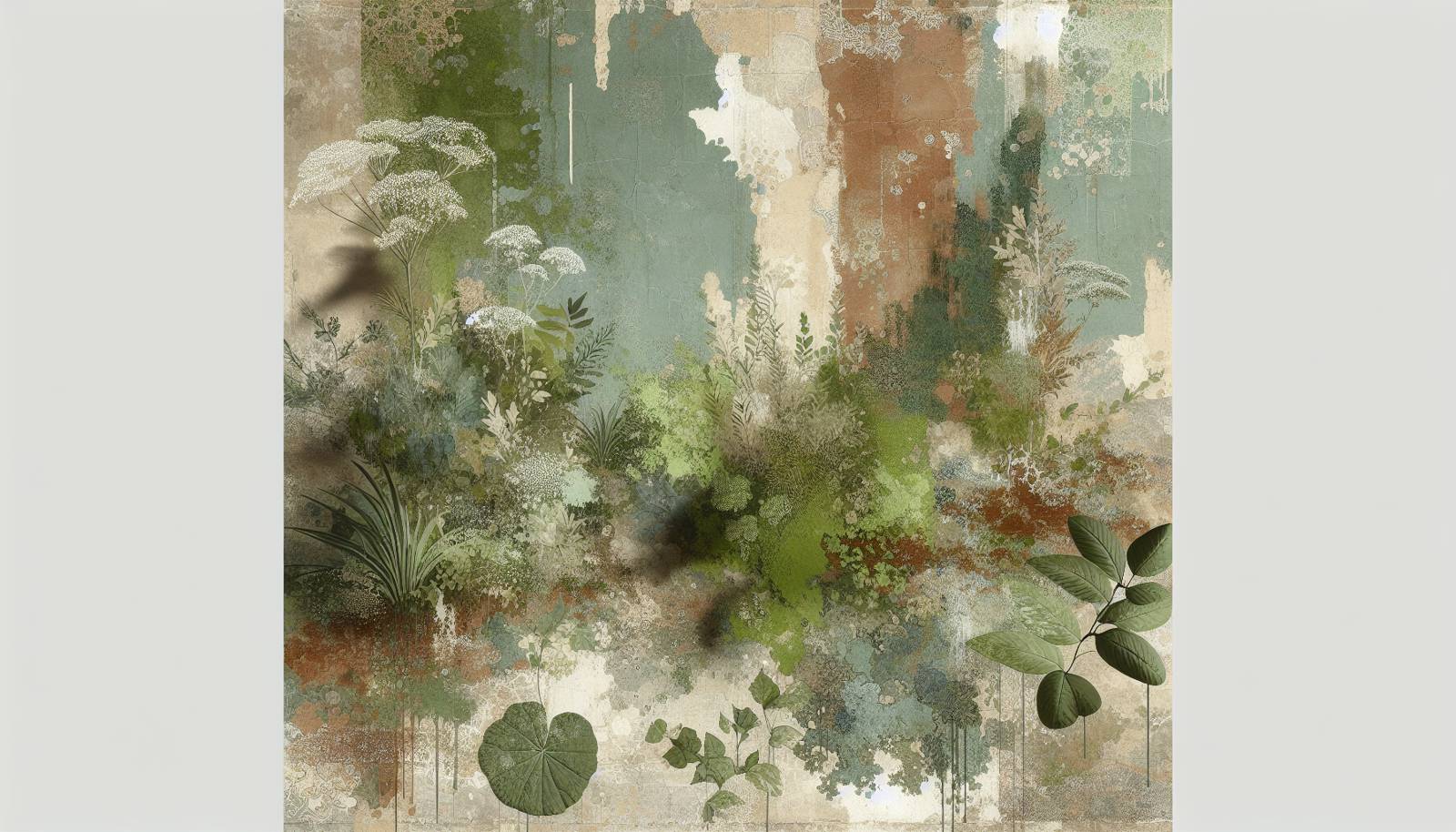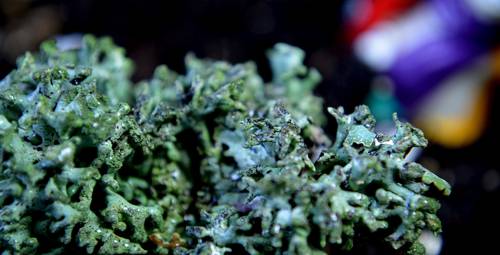
FAQ About Indoor Lichen and Moss Gardens

What are the basic requirements for cultivating lichen indoors?
Cultivating lichen indoors requires attention to their natural habitat conditions. They need a stable environment with controlled humidity, adequate light, and good air circulation. It's essential to mimic these conditions by placing them in a terrarium or a shallow dish with a clear cover to maintain humidity. Avoid direct sunlight, which can dry out the lichen, and instead opt for indirect light or fluorescent lamps if natural light is insufficient.

How do you maintain humidity levels for indoor lichen and moss gardens?
Maintaining optimal humidity levels for indoor lichen and moss involves using enclosed containers such as terrariums, which help retain moisture. You can mist the plants lightly with water, but ensure that there is enough ventilation to prevent mold growth. Monitoring the environment with a hygrometer can also help keep humidity levels within the ideal range (about 60-80% for many mosses and lichens).

Can lichen and moss be grown together in the same garden?
Yes, lichen and moss can be grown together as they often share similar environmental needs, such as high humidity and low light conditions. However, it's crucial to ensure that their specific requirements, such as exact humidity and temperature levels, are consistently met to keep both organisms healthy.

What types of containers are best for indoor lichen gardens?
The best containers for indoor lichen gardens are those that allow for good humidity retention and air circulation. Glass terrariums or large jars with a ventilated lid are ideal because they provide a controlled environment. These containers should be wide and shallow to imitate the natural spread of lichen across surfaces.

How much light do indoor lichen and moss need?
Indoor lichen and moss prefer low to medium light conditions. Direct sunlight can be harmful as it might dry them out. The best placement is in rooms with indirect light or under a fluorescent lamp if natural lighting is unavailable. Some species might require slightly different conditions, so it's always good to research the specific types you are cultivating.

What substrate should be used for growing lichen and moss indoors?
A suitable substrate for indoor lichen and moss can include a mix of soil, sand, and organic matter to provide nutrients and support. Some people use rocks, bark, or even clay pebbles, depending on the specific needs of the species being grown. The substrate should be able to hold moisture but not remain overly wet.

How do you propagate lichen and moss indoors?
Lichen and moss can be propagated by taking small pieces from an existing plant and placing them on a suitable substrate in a humid environment. Moisture and light conditions must be optimal for growth. Patience is essential as lichens, in particular, grow slowly compared to mosses.

Are there any specific species of lichen and moss that are easier to grow indoors?
Some species are known for their adaptability to indoor conditions. For moss, species like cushion moss (Leucobryum glaucum) and fern moss (Thuidium delicatulum) are popular choices. For lichen, varieties such as reindeer lichen (Cladonia rangiferina) and artist’s lichen (Umbilicaria spp.) can be easier for beginners due to their tolerance to a range of conditions.

How do I deal with pests in an indoor lichen and moss garden?
Dealing with pests involves maintaining a clean environment and ensuring that conditions don't favor unwanted insects or mold. Regularly check your plants and remove any pests manually. Natural pest repellents like neem oil can be used cautiously, but avoid chemical pesticides as they can harm these delicate plants.

Do indoor lichen and moss need fertilizing?
Generally, indoor lichen and moss do not require frequent fertilizing as they obtain nutrients from the air and their substrate. Over-fertilizing can damage them. If you choose to fertilize, use very dilute solutions and apply sparingly, observing any changes carefully.

Can lichen and moss help purify indoor air?
While lichen and moss are not as effective as other plants in purifying air, they may contribute slightly by absorbing some pollutants. More importantly, they help maintain humidity levels and may visually signal air quality changes, as they are sensitive to environmental conditions.

What is the best way to water indoor lichen and moss?
The best way to water lichen and moss is by using a misting bottle. This mimics natural rain and dew, providing moisture without waterlogging. Misting should be done as needed, depending on humidity levels and the specific microclimate created within your container.

How can you tell if a lichen or moss is unhealthy?
An unhealthy lichen or moss might change color, typically turning brown or gray, which indicates dryness or poor growing conditions. Additionally, signs of mold, wilting, or a 'soggy' appearance could mean overwatering or lack of ventilation. Regular inspection can help catch these signs early.

Are there any safety concerns with keeping lichen and moss indoors?
Generally, lichen and moss are safe to keep indoors. However, it's important to ensure they are not sourced from polluted areas as they might contain heavy metals or toxins. Ensure that the growing environment is kept clean to prevent mold, which can exacerbate allergies.

How long do lichen and moss live when grown indoors?
Lichen and moss can live for many years indoors if the conditions are optimal. Lichens tend to grow slowly and have long lifespans, while mosses might grow a bit faster but can also thrive for extended periods in a well-maintained micro-environment.

Can lichen and moss gardens help in stress reduction?
Many people find joy and relaxation in tending to indoor gardens, including lichen and moss gardens. The process of creating and maintaining these miniature landscapes provides a meditative and calming activity, potentially reducing stress and improving mental well-being.

What common mistakes should be avoided when creating an indoor lichen and moss garden?
Common mistakes include overwatering, using the wrong lighting, and not maintaining humidity. It’s also important to avoid placing them in direct sunlight and neglecting air circulation. Carefully researching the specific types of lichen and moss you are growing can prevent these issues.

How do you clean the containers of indoor lichen and moss gardens?
Cleaning is important to prevent mold and maintain a healthy environment. Use a soft cloth or brush to gently remove any dirt or algae from the container. Be sure not to disturb the plants significantly. If needed, remove them temporarily while cleaning and reestablish the growing conditions once complete.

Can indoor lichen and moss be used in terrarium crafts?
Yes, lichen and moss are excellent for terrarium crafts due to their unique textures and resilience. They are frequently used in creating miniature landscapes and provide a natural, lush appearance to terrariums. Ensure that the design accommodates their light and moisture needs.

How do you introduce lichen and moss to an existing indoor garden?
To introduce lichen and moss to an existing garden, ensure that the conditions suit both the current and new plants. Place the lichen and moss in areas of the garden where humidity and light are appropriate for their growth. Gradually acclimate them to their new environment to reduce stress and promote integration.
